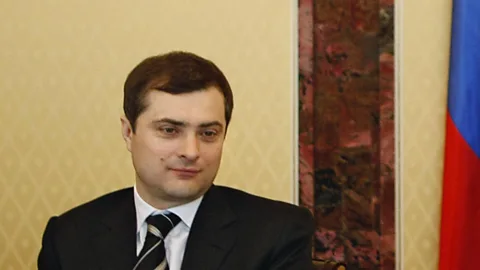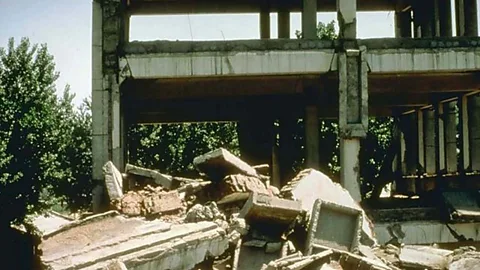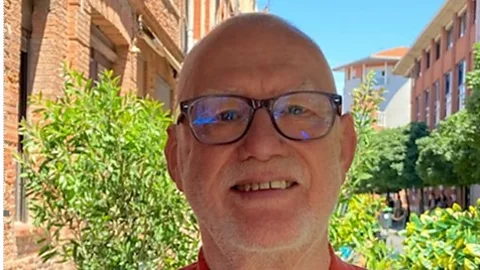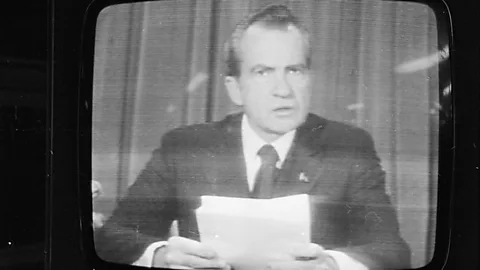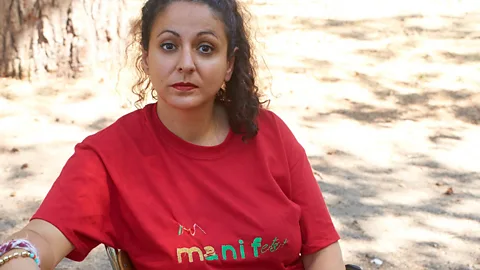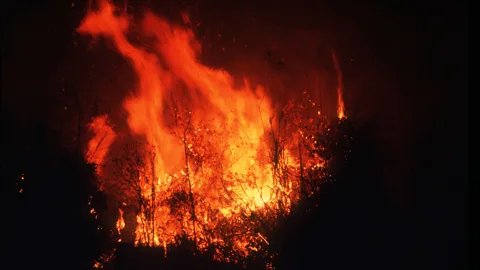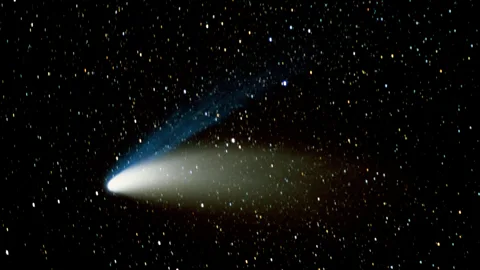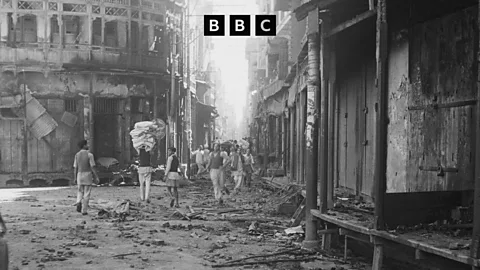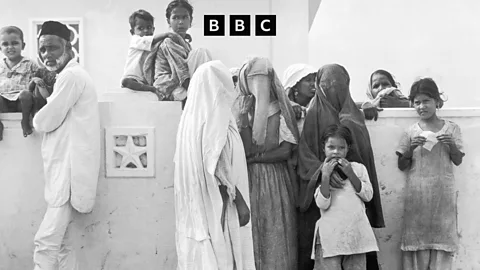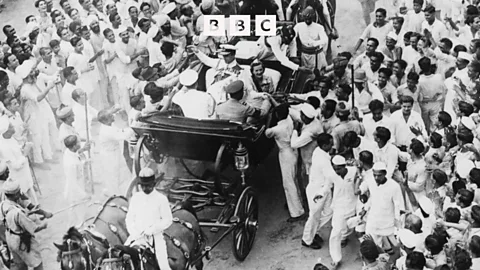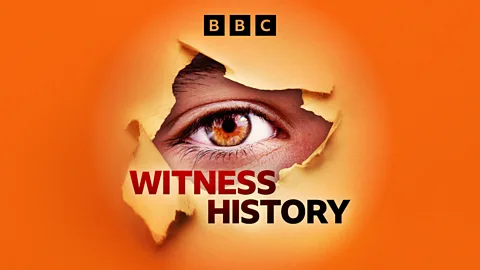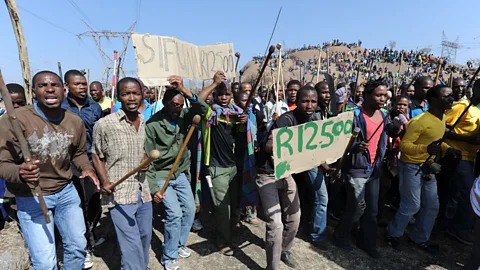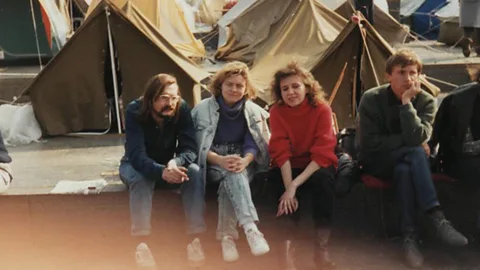
Witness History
Witness History
Ukraine's Revolution on Granite
Up next
July 25, 2022
10 minutes
Available for over a year
In 1990, Ukrainian students went on a hunger strike that helped bring down the Soviet regime there. It took place in Kyiv’s central square and inspired later protests against Russian influence in Ukraine: the 2004 Orange Revolution and the 2014 Maidan Revolution. The granite floor of the square provided its name: the ‘Revolution on Granite’. Ben Henderson spoke to Oksana Zabuzhko, an award-winning Ukrainian author, who participated in the protest when she was a recent university graduate.
(Photo: Oksana Zabuzhko wearing a red jumper at the Revolution on Granite in 1990)

